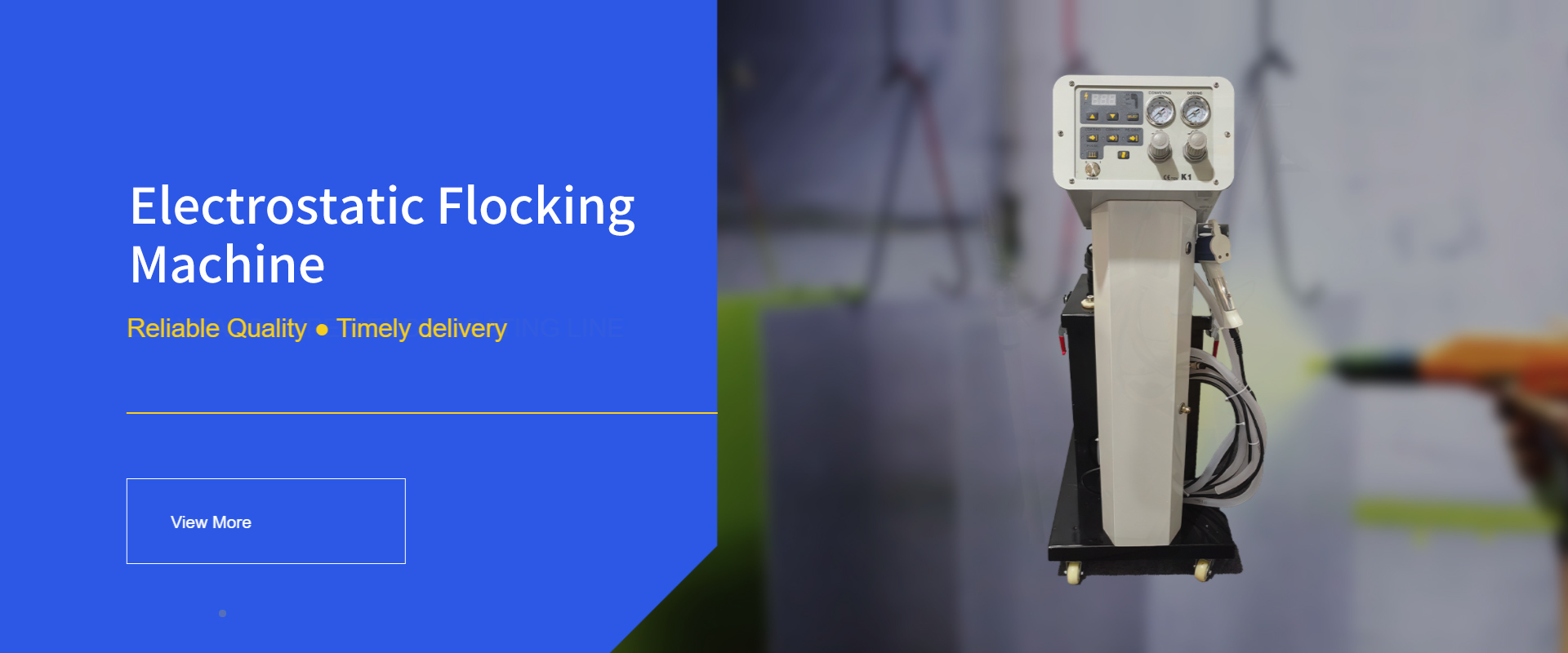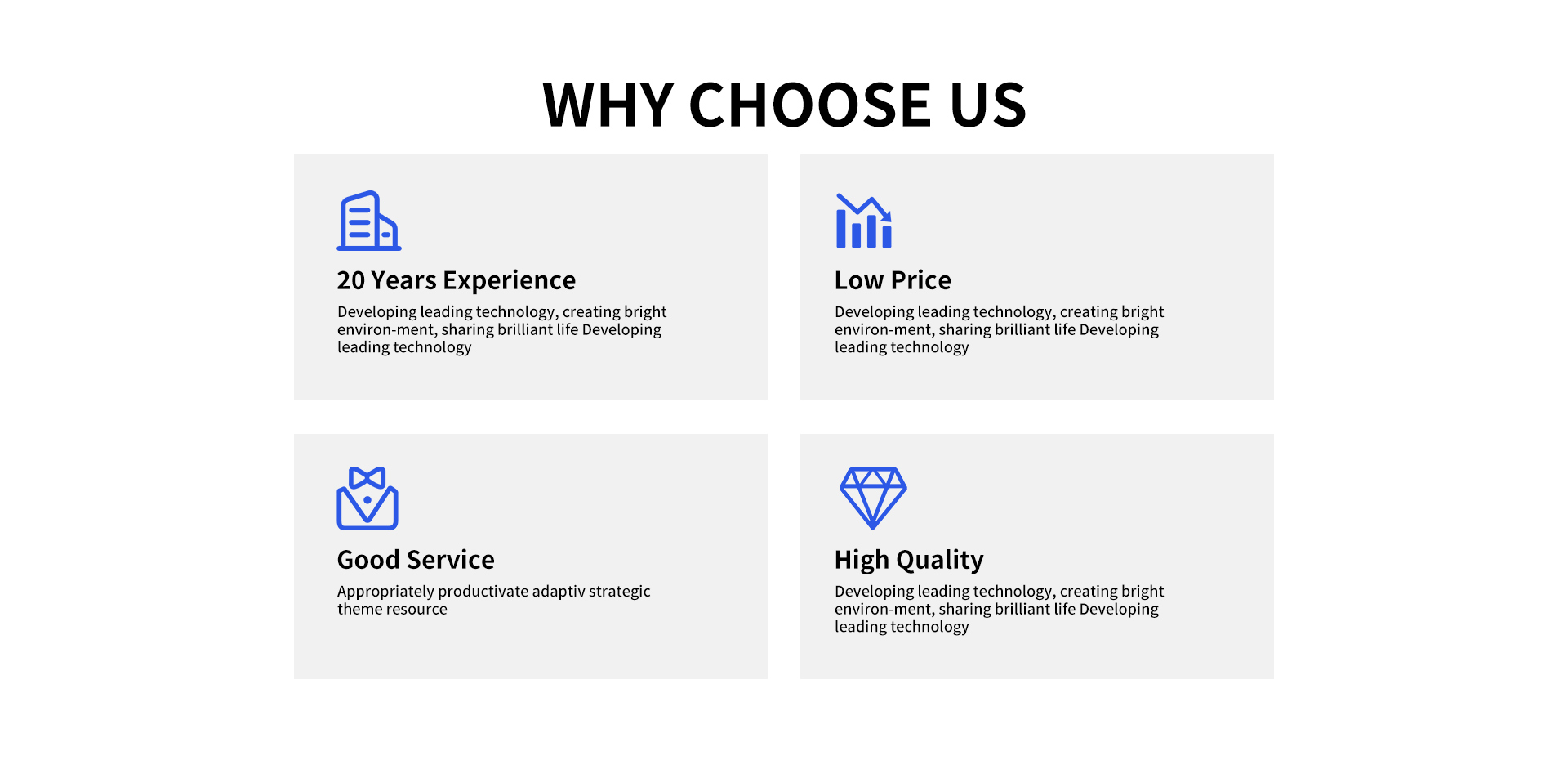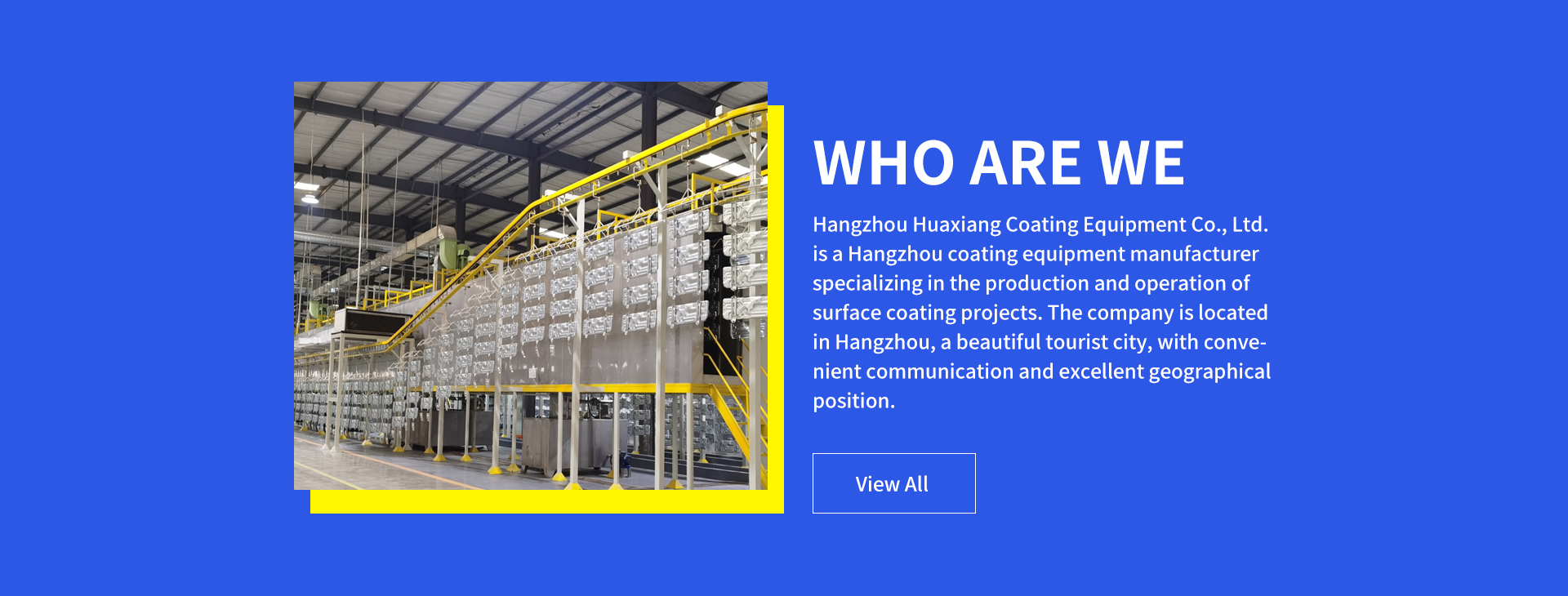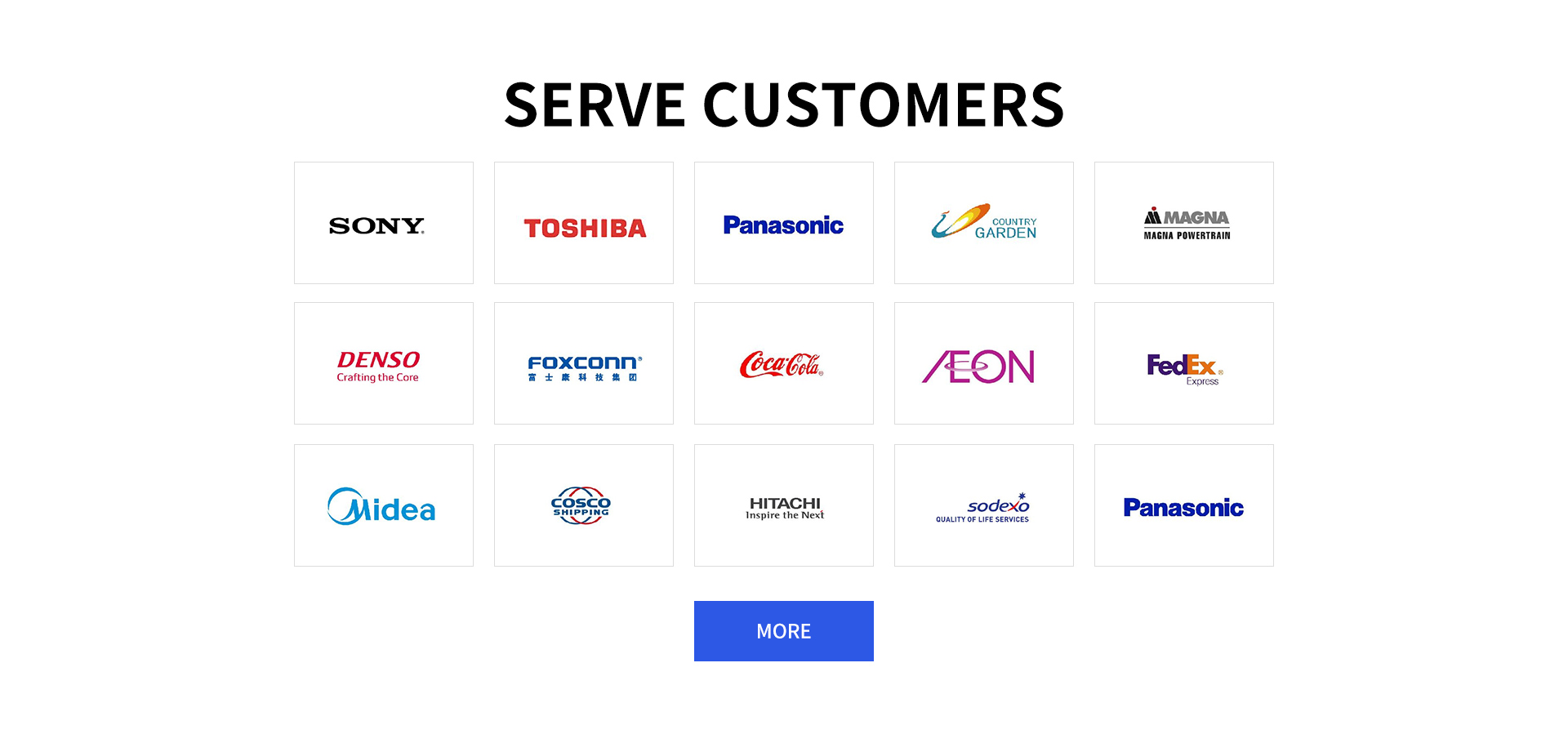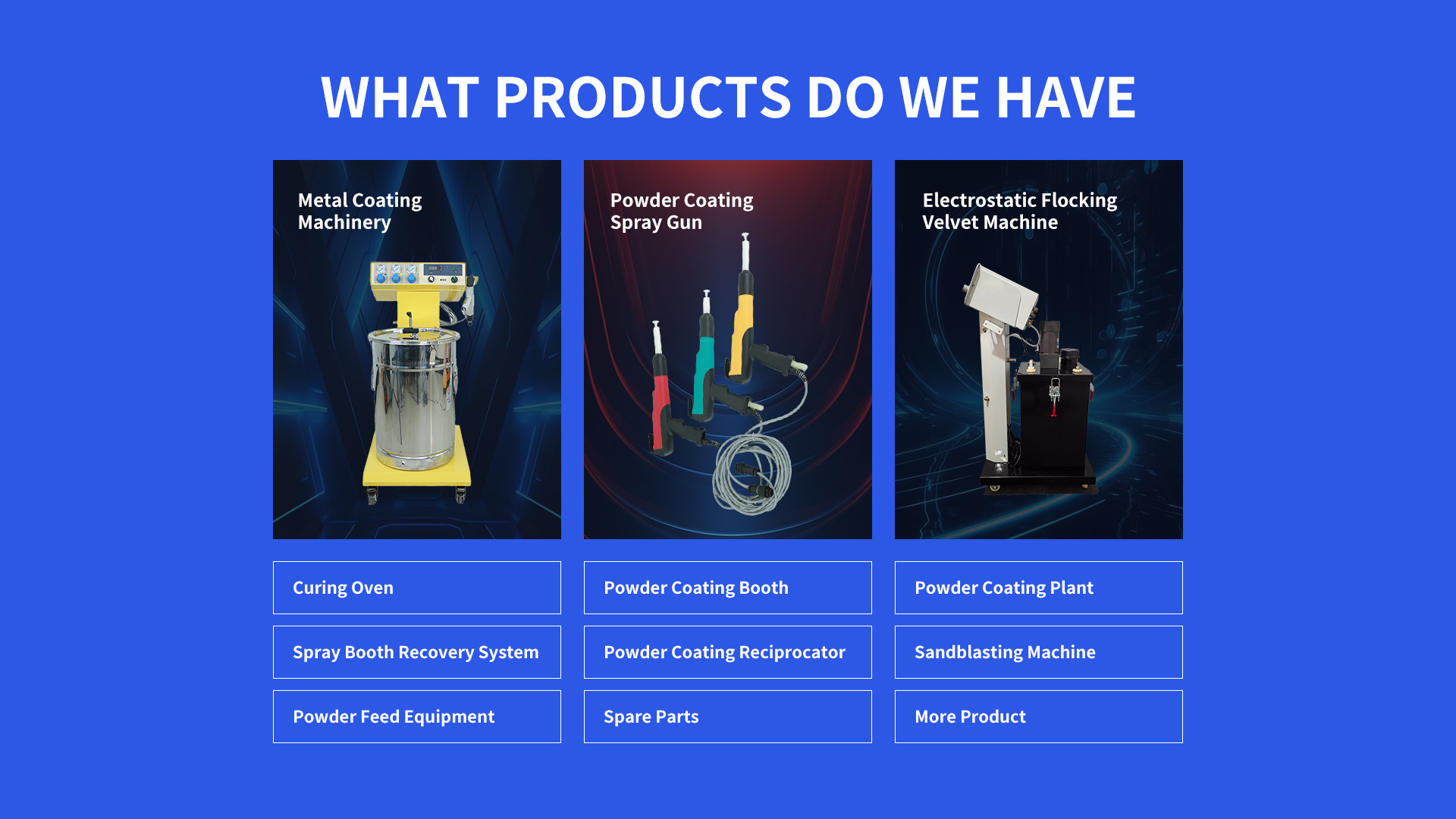Powder Coat Gun is a vital tool in the powder coating process, enabling the application of a thin, even layer of powder onto various surfaces with remarkable precision.
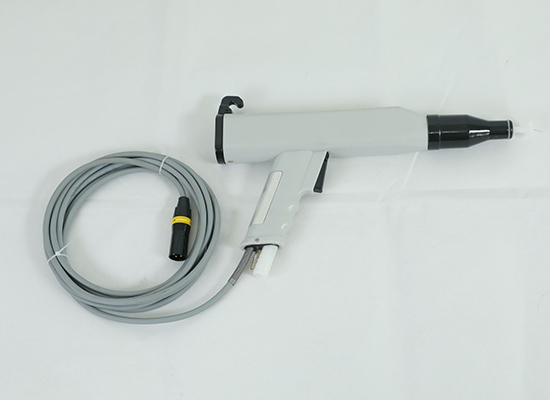
The working principle of a
Powder Coat Gun typically involves electrostatic charging. There are two main methods for charging the powder: corona charging and tribo charging. In corona charging, a high - voltage electrode near the gun's nozzle creates a corona discharge. As the powder passes through this ionized region, it acquires a negative charge. The object to be coated is grounded, creating an electrostatic attraction that pulls the charged powder particles onto its surface. Tribo charging, on the other hand, relies on friction. As the powder moves through a special tube in the gun, it gets charged due to the rubbing action.
A
Powder Coat Gun consists of several key components. The powder hopper is where the powder is stored. It has a mechanism to control the flow of powder into the gun, ensuring a steady supply. The nozzle is the part that sprays the powder. Different nozzles can be used to achieve various spray patterns, such as a wide - fan pattern for covering large areas quickly or a narrow - cone pattern for detailed work. The air cap, located around the nozzle, helps in atomizing the powder, breaking it into fine particles for an even spread. The electrode, in the case of corona - charged guns, is responsible for generating the electrostatic field.
The performance characteristics of a
Powder Coat Gun are what make it a preferred choice for many applications. It offers high transfer efficiency, meaning that a significant portion of the powder sprayed actually adheres to the object. This not only reduces waste but also saves costs in the long run. The gun can achieve a very smooth and uniform finish. The adjustable settings for powder flow, air pressure, and spray pattern allow for precise control over the coating process. For example, when coating a small, intricate metal figurine, a low powder flow rate and a focused spray pattern can be used to ensure every detail is covered evenly.
Powder Coat Guns find applications in a wide range of industries. In the automotive industry, they are used to coat parts like wheels, engine components, and interior trim. The durable and aesthetically pleasing coatings protect these parts from corrosion and wear. In the furniture industry, the gun is used to coat metal furniture frames, giving them a stylish and long - lasting finish. It is also used in the production of consumer electronics, where a fine - looking and protective coating is required for metal casings.
When operating a
Powder Coat Gun, several factors need to be considered. First and foremost, proper surface preparation of the object is crucial. The surface should be clean, free from grease, dirt, and rust. Sanding can be done to create a rough surface for better powder adhesion. The operator must then adjust the powder flow rate according to the size and shape of the object. For large, flat surfaces, a higher powder flow rate can be used, while for small or detailed areas, a lower rate is more appropriate. Air pressure also plays a significant role. It affects the atomization of the powder and the spray pattern. A higher air pressure can create a finer mist of powder but may also cause over - spraying if not controlled properly. The distance between the gun and the object should be maintained at an optimal range, usually around 15 - 30 cm. Moving the gun too close can result in powder build - up, while moving it too far can lead to uneven coating.
Maintenance of a
Powder Coat Gun is essential for its longevity and consistent performance. After each use, the powder hopper should be emptied and cleaned to prevent powder caking. The nozzle and air cap should be thoroughly cleaned to remove any powder residue that could cause clogging. Check the electrode (if applicable) for any signs of wear or damage. Regularly inspect the hoses and connections for leaks.
Some common problems with
Powder Coat Guns include uneven coating. This can be caused by an improper spray pattern, incorrect powder flow rate, or a dirty nozzle. Poor powder adhesion may occur due to improper surface preparation or a malfunctioning charging system. To solve these issues, ensure the gun is properly adjusted, the surface is well - prepared, and the charging system is in good working condition.
Statement: Hangzhou Huaxiang Coating Equipment Co., Ltd Chinese Powder Coating Equipment facturers provide you with customized equipment for various types of Powder Coating Lines, Powder Coating Ovens, Powder Coating Booths,Powder Coating Guns, etc. For inquiries! Contact us at
Email: gezx@cncolourspray.com
WhatsApp: +86 13335812068

